The losses of honey bee colonies and declines of other insect pollinators have been associated with negative effects of pesticides. Honey bees as well as other pollinators are nectar and pollen foragers and thus are exposed to an extensive range of phytochemicals. Understanding the synergistic, additive, and antagonistic effects of plant secondary metabolites and pesticides in honey bees may help to protect honey bee colonies against agrochemicals. In this study, we used untargeted metabolomics to investigate the impact of dietary phytochemical composition on the residual concentration of three pesticides: imidacloprid, tau-fluvalinate and tebuconazole in exposed honey bees. Honey bees were given different diets based on pollen or nectar from four plants: Reseda odorata, Borago officinalis, Phacelia tanacetifolia, and Trifolium repens for two days. Thereafter, they were orally exposed to 10 ng/bee imidacloprid or contact-exposed to 0.9 μg/bee tau-fluvalinate or 5 μg/bee tebuconazole. After 1 h of oral exposure or 24 h of contact exposure, the honey bees were anaesthetised with CO2, sacrificed by freezing, extracted with a validated QuEChERS method, and residual pesticide concentrations were determined by LC-QTRAP-MS/MS. The phytochemical composition in the given diets were profiled with an UHPLC-Q Exactive-MS/MS. The results revealed that the dietary phytochemical composition has a noteworthy influence on the concentration of residual pesticides in honey bees. The correlation coefficient analysis demonstrated that flavonoids have a reducing effect on the residual concentration of imidacloprid and tau-fluvalinate in honey bees. The results also highlighted that exposure to imidacloprid impaired the metabolism of sugars in honey bees. Exploiting flavonoid-rich plants may protect honey bees against pesticides and hold promise as forage plants in future beekeeping.
Free download here:
https://www.sciencedirect.com/science/article/pii/S0160412021001288#kg005










